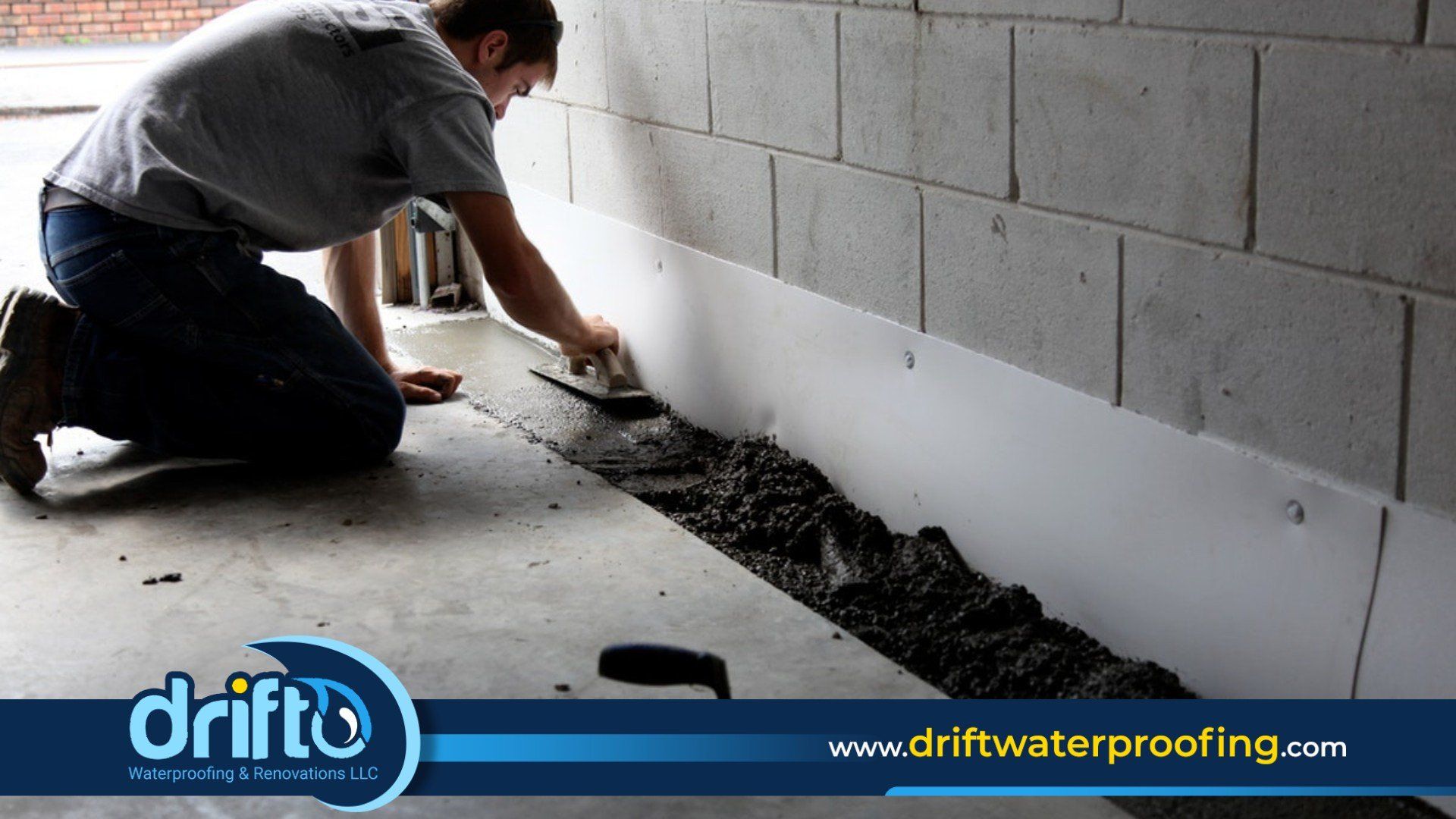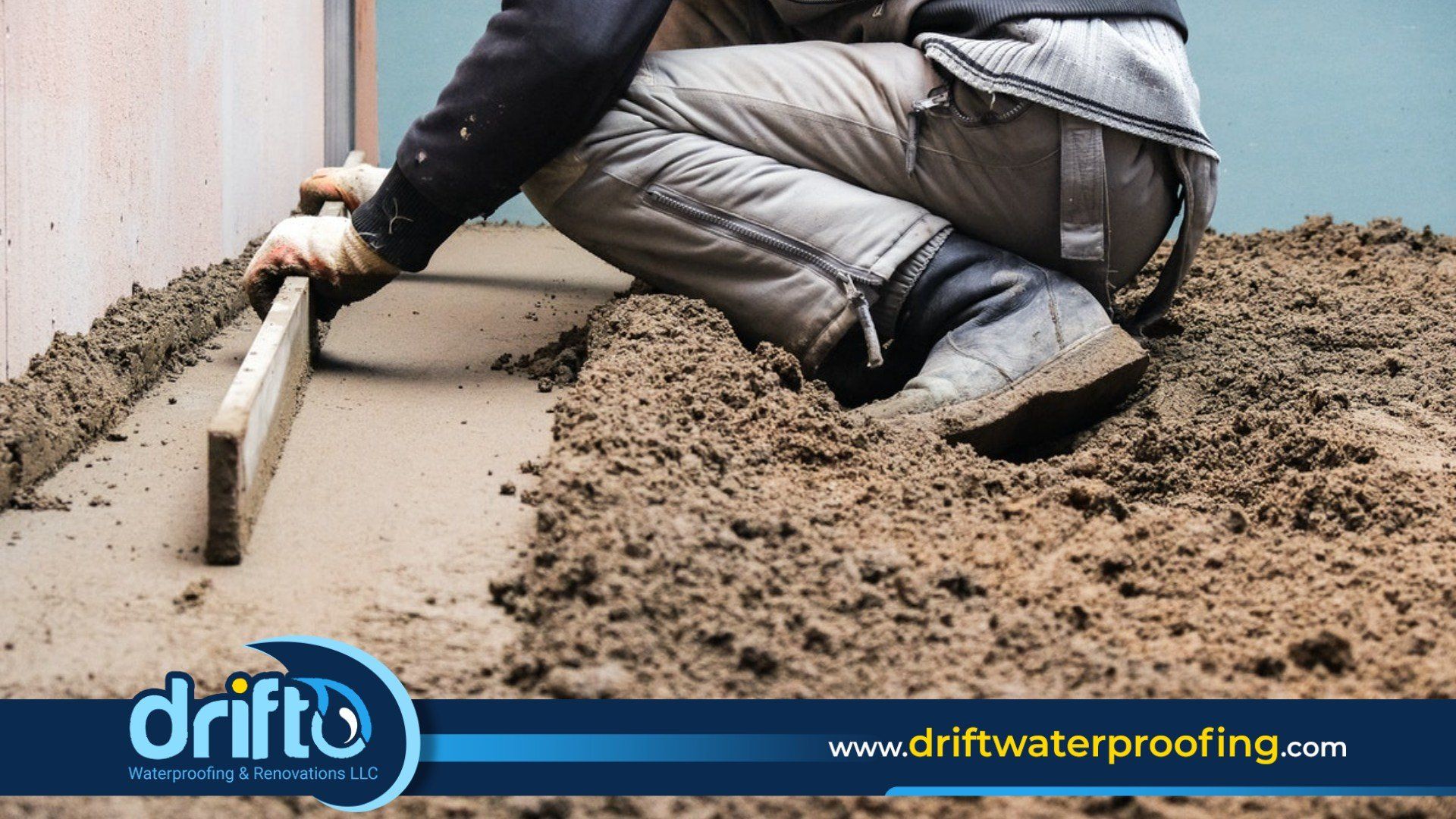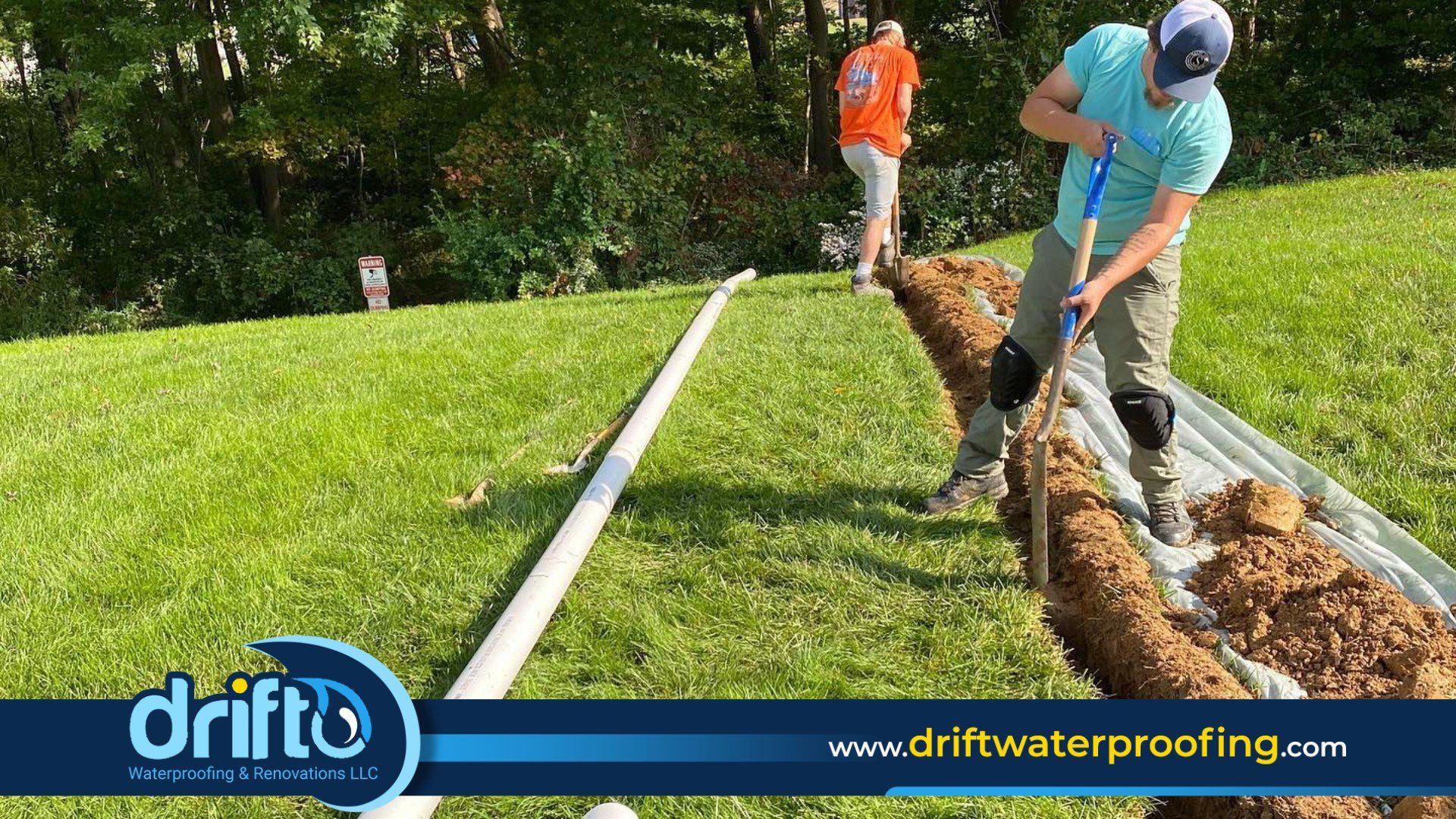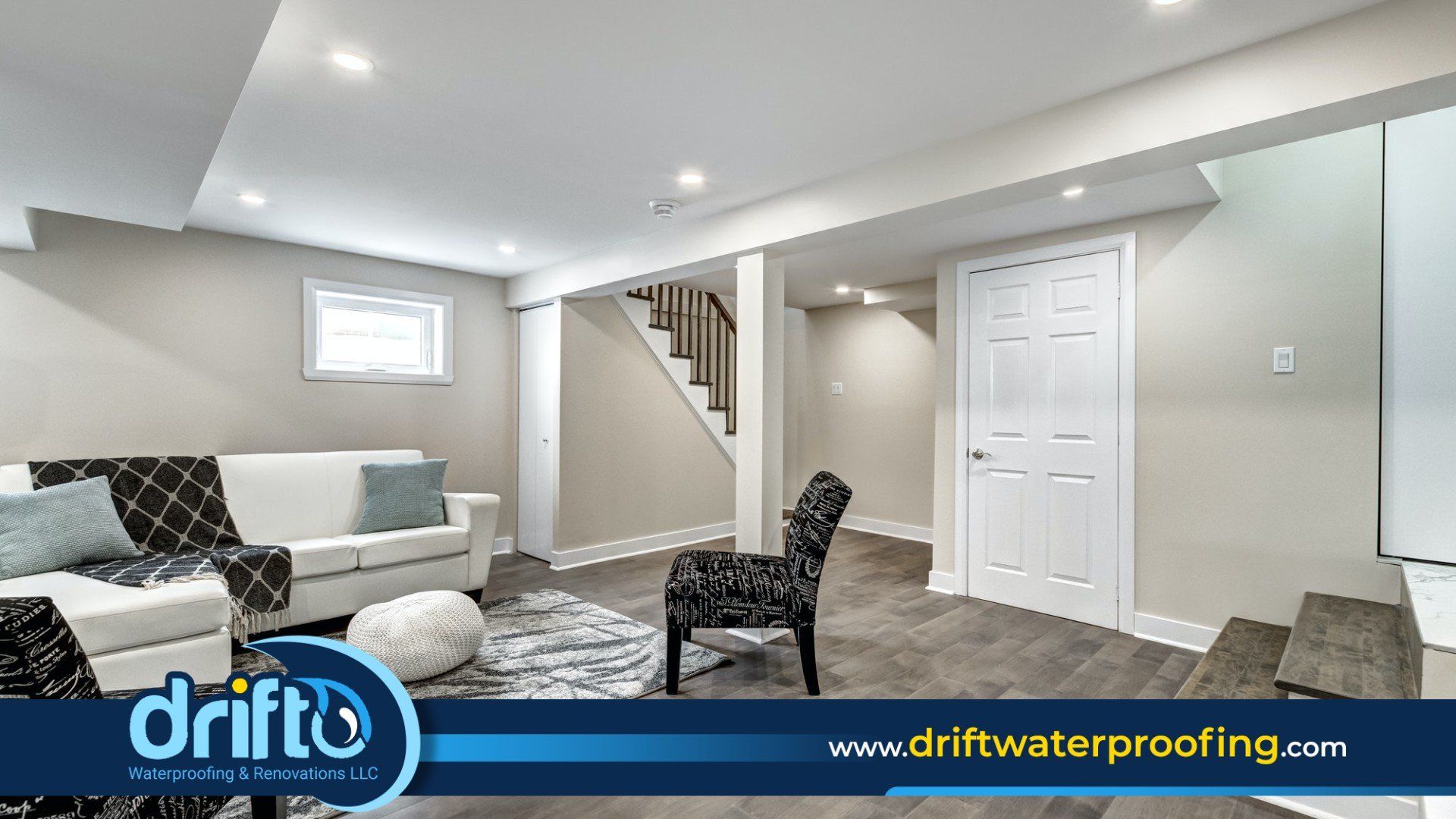A French drain can be an effective tool in preventing flooding and preventing water damage around your home’s foundation. However, it takes careful planning and installation before these benefits can be realized—and ongoing maintenance to keep them working effectively over time. If you think installing this type of drainage system could help protect your property against flooding or water damage, contact an experienced contractor today to get started!
What is a french drain?
A French drain is an underground drainage system that keeps water from accumulating around your home. It consists of a trench filled with gravel and a perforated pipe that carries water away from the area where it accumulates. If you are looking for a way to prevent water from damaging your home's foundation and reduce the risk of flooding or water damage, installing a French drain may be the solution for you. Let’s explore what goes into installing and maintaining a French drain.
What Goes into Installing a French Drain?
Installing a French drain is no small task, but it is well worth the effort if it means protecting your home from flooding and water damage. The first step in installing a French drain is determining where you want it installed. This can be done by using topographical maps or having an expert come out to take measurements and advise on which areas will benefit most from installing a drainage system. Once you know where to install the drain, you’ll need to call an experienced contractor who can dig out the trench and lay down gravel, followed by a perforated pipe.
Maintaining Your Drainage System
Once your French drain has been successfully installed, it’s important that you take steps to ensure that it continues functioning properly for years to come. One of the most important things you can do is keep debris out of the trench so that nothing clogs up the system or prevents water from flowing freely through it. You should also check your drainage system every few months for any signs of cracking, settling, or other issues that could compromise its effectiveness over time. If any such problems do arise, contact an experienced contractor immediately so they can repair or replace any damaged parts as soon as possible.
How is a french drain installed?
If you're looking for a way to divert water from your home, a french drain is an effective solution. French drains are relatively easy to install and can be done without too much effort, even if you're not an experienced DIYer. Here's a quick overview of what you need to know about installing a french drain.
Where Should You Install A French Drain?
The best location for your french drain will depend on your individual situation. Generally speaking, though, you'll want to install it in an area lower than your home's foundation so that the water flows downhill rather than uphill. If possible, try to find an area where the water will eventually run off into another body of water, like a river or pond, so it doesn't just pool up somewhere else on your property. Further, ensure that the ground around your home is sloped away from it so that any collected runoff will naturally flow away from the building after being diverted by the french drain.
How To Install A French Drain
Once you've determined where you'd like to install your french drain, several steps are involved in getting it installed correctly. First, dig out a trench at least 12 inches wide and 8-12 inches deep along the chosen path of your drainage system. Then fill this trench with gravel or rock and cover it with soil or sod until it’s level with the surrounding ground surface.
As part of this process, you may also want to install fabric liners along the trench walls and perforated pipe at its bottom as additional components of your drainage system setup if needed (your specific installation would determine this). Finally, ensure all connections between pipes are secure and cover everything up with soil or sod once again until everything looks level with nature surroundings. After completing these steps, you should have a fully functioning french drain!
How does a french drain work?
Once installed, a French drain collects surface water runoff and directs it away from your home's foundation using gravity. As rain hits your roof or driveway, it will be intercepted by the system's piping and then carried away along its length until it reaches an area where it can safely dissipate without causing damage (e.g., grassy areas). This prevents standing water near your home, which can lead to flooding during heavy rains or rapid snowmelt during springtime thawing events. It can also help protect against erosion caused by large amounts of runoff entering nearby bodies of water, such as ponds or lakes, which can cause significant property damage if left unchecked.
What are the benefits of installing a french drain?
The primary benefit of installing a french drain is that it helps prevent flooding by diverting water away from your house and into an open area. This means you don’t have to worry about excess rainwater pooling around your home or seeping into basements and crawl spaces, which can cause extensive (and expensive) damage over time.
Besides, if you live in a region prone to floods, this kind of protection can give you peace of mind knowing that rising waters won’t affect your home.
Another benefit of installing a french drain is that it can add value to your home by improving its appearance and protecting it from water damage. A professionally designed system will look seamless and attractive when installed properly; plus, potential buyers may be more likely to purchase if they know their new home has been protected against floods, leaks, and other water damage.
Conclusion
Overall, installing a french drain is an excellent way to protect your property from flooding and water damage while also adding value to your home for potential buyers. If you want more information about how this kind of drainage system works or what installation process might be best for you, contact an experienced professional today! With their expertise and knowledge, they can help you ensure your french drain installation goes smoothly so that you can rest easy knowing your property (and wallet) are safe from costly damages caused by excess moisture buildup!
Contact Drift Waterproofing & Renovations Today!
Drift Waterproofing & Renovations will do everything we can to ensure your experience with us is excellent.
Request A FREE Estimate
Request a Free Estimate Form
Checkout Recent Post

Got a Question? We’re Here to Help.
You can arrange an appointment or make an enquiry by phone or email, orget in touch to us via our contact form.




